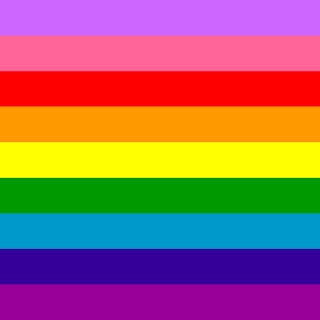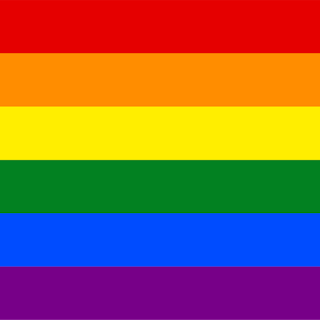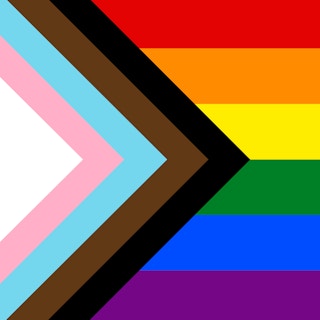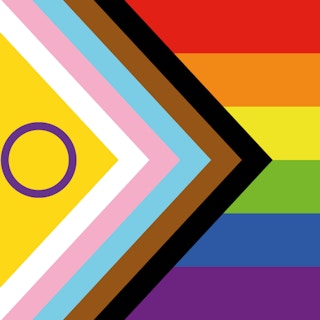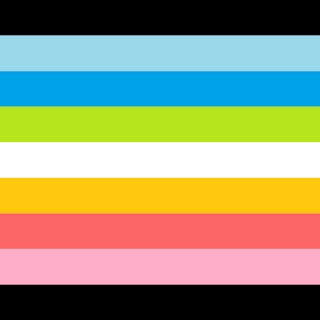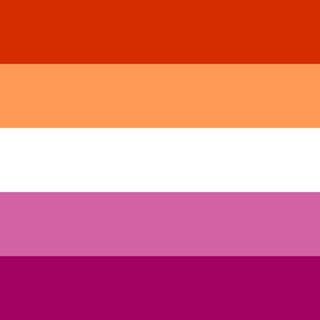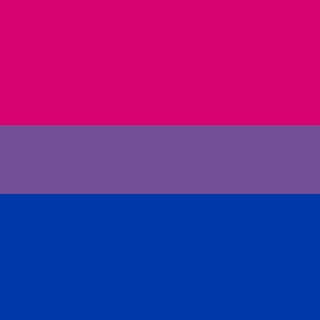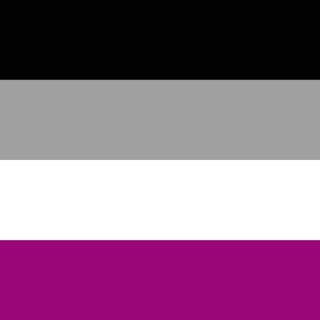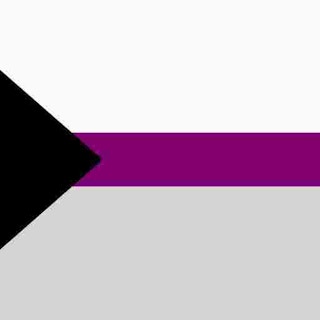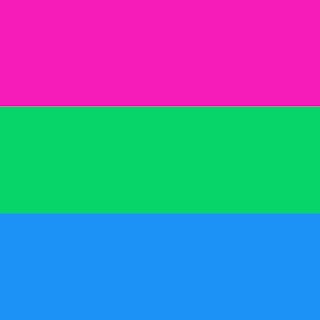Since 2010. Get connected, proactive and productive with GPN, the LGBT network to further your business or career and makes meaningful business and social contacts, join now on https://www.gpn.one, membership starts at £60 a year!
Saturday, 7 June 2025
SaferToBeMe summit
Friday, 6 June 2025
Disabilities in the LGBTQ+ Community - Talk
Join Us for “Disabilities in the LGBTQ+ Community - Talk”
”The Other Side Of You In The Darkness: Sexuality & Disability" by Katherine Patton
Date: Wednesday, 11th June
Time: 5:00–7:00 PM
Location: Westminster City Archives, 10 St Ann's Street, at the end of the small alley, London, SW1P 2DF
Register: https://www.outsavvy.com/event/27095/disabilities-in-the-lgbtq-community-talk
A personal reflection on living as a transgender woman and wheelchair user. The talk explores how the LGBTQ+ community has historically overlooked its disabled members and why true inclusion must embrace all identities—past, present and future.
Speaker Bio
Katherine Patton (she/her)
Katherine is a transgender woman, disability and LGBTQ+ rights advocate, and trustee of a West London charity. A former security consultant, she now volunteers widely in various disabled and LGBTQ+ related projects. She also founded a social group for disabled LGBTQ+ people and enjoys writing and storytelling in her spare time.
Programme
- 5:00–5:30 PM: Welcome & Introduction
- 5:30–6:00 PM: Talk: ”The Other Side Of You In The Darkness: Sexuality & Disability" by Katherine Patton.
- 6:00–6:30 PM: Q&A Session
- 6:30–6:45 PM: Networking & Socialising
Join us to hear these compelling stories, challenge the prevailing narratives, and engage in meaningful discussion. Enjoy wine, snacks, and refreshments throughout the evening as you listen, learn, and connect with lovely people in a welcoming space. Don’t miss this chance to celebrate our history and be part of the conversation!
Lorenzo Belenguer is the Westminster Creative Social founder and curator for the Westminster LGBT+ Forum.
Support Our Event: To make this event accessible to all, we offer free tickets to those facing financial difficulties. However, if you’re able, we kindly ask for contributions to help cover the costs of organising this event, which totals around £225 (including £100 for administration and promotion, £75 for drinks, refreshments, and snacks, and £50 each for the speakers’ contributions). Your support is greatly appreciated.
Get Involved: If you would like to participate in future Westminster Creative Socials or promote an LGBTQ+ event in our newsletter, please fill out our Participation Form.
Have you attended a Westminster Creative Social before? We'd love to hear your thoughts! Share your feedback and suggestions with us here: Feedback Form. Your input helps us improve and shape future events!
The Westminster LGBT+ Forum is free to join and welcomes all members and allies of the LGBT+ community who live, work, play, visit, or simply love Westminster. Becoming a member is easy—just subscribe to our newsletter.
Access: From the street, wheelchair users should be aware there is a downward gradient that leads to a level entrance. The event will take place in the ground floor. There is level access to an accessible toilet.
Westminster City Archives are located on 10 St Ann's Street, London SW1P 2DE between Morrison Court on 12 St Ann’s Street and behind Abbey Community Centre on Great Smith Street. The entrance to the archives is to the right of Morrison Court and then down a short pathway on the left. Please note there is no access to the archives from Great Smith Street. The what 3 words locations is ///tender.fault.ticket. If you are experiencing difficulties finding us please call Westminster Archives on 020 7641 5180.
Acknowledgments: A huge thank you to our supporters; this event wouldn't be possible without you.

Thursday, 5 June 2025
Wednesday, 4 June 2025
what the lgbtq inclusive flag mean (produced by the Human Right Commission) https://www.hrc.org/
LGBTQ+ Pride Flags
Produced by the HRC Foundation
In the LGBTQ+ community, we signify our pride with flags. With many different identities in the community, there comes many different flags to know. We have collected all of the flags and a guide to learn about all of the different colors of our community’s rainbow. We know that this may not be all of the flags that represent our community, but we will update the page as new flags become popular!
Explore the flag collection below! See a flag's name by hovering or clicking on the flag.

In the LGBTQ+ community, we signify our pride with flags. With many different identities in the community, there comes many different flags to know. We have collected all of the flags and a guide to learn about all of the different colors of our community’s rainbow. We know that this may not be all of the flags that represent our community, but we will update the page as new flags become popular!
Explore the flag collection below! See a flag's name by hovering or clicking on the flag.
Umbrella Flags
 Gilbert Baker Pride Flag
Gilbert Baker Pride Flag Traditional Pride Flag
Traditional Pride Flag Philadelphia Pride Flag
Philadelphia Pride Flag Progress Pride Flag
Progress Pride Flag Intersex-Inclusive Progress Pride Flag
Intersex-Inclusive Progress Pride Flag Queer Pride Flag
Queer Pride Flag
- Gilbert Baker Pride Flag
- Traditional Pride Flag
- Philadelphia Pride Flag
- Progress Pride Flag
- Intersex-Inclusive Progress Pride Flag
- Queer Pride Flag
The original Pride Flag was created in 1978 after activist Harvey Milk asked artist Gilbert Baker to design a symbol of gay pride. Each color represents a different part of the LGBTQ+ community: hot pink represents sex, red symbolizes life, orange stands for healing, yellow equals sunlight, green stands for nature, turquoise symbolizes magic and art, indigo represents serenity, while violet symbolizes the spirit of LGBTQ+ people.
The original Pride Flag was created in 1978 after activist Harvey Milk asked artist Gilbert Baker to design a symbol of gay pride. Each color represents a different part of the LGBTQ+ community: hot pink represents sex, red symbolizes life, orange stands for healing, yellow equals sunlight, green stands for nature, turquoise symbolizes magic and art, indigo represents serenity, while violet symbolizes the spirit of LGBTQ+ people.
After the assassination of Harvey Milk, the rainbow flag was in high demand. Due to manufacturing issues, the hot pink stripe was removed. The turquoise stripe was removed from the flag as a design choice from Baker. The six color pride flag has represented the community for over 40 years and is still one of the most common LGBTQ+ flags.
After the assassination of Harvey Milk, the rainbow flag was in high demand. Due to manufacturing issues, the hot pink stripe was removed. The turquoise stripe was removed from the flag as a design choice from Baker. The six color pride flag has represented the community for over 40 years and is still one of the most common LGBTQ+ flags.
The Philadelphia Pride Flag was unveiled at the city’s pride event in 2017. The Philadelphia City Council commissioned the creation of this flag as they wanted to incorporate queer communities of color that have often been overlooked in the mainstream LGBTQ+ movement. The addition of the black and brown stripes symbolize communities of color and their contribution to the movement.
The Philadelphia Pride Flag was unveiled at the city’s pride event in 2017. The Philadelphia City Council commissioned the creation of this flag as they wanted to incorporate queer communities of color that have often been overlooked in the mainstream LGBTQ+ movement. The addition of the black and brown stripes symbolize communities of color and their contribution to the movement.
The Progress Pride Flag evolved from the Philadelphia Pride Flag and was created by Daniel Quaser. Quasar added a white, pink, and light blue stripe to represent the Trans community. While the black and brown stripes still represented communities of color, the black stripe is also a nod the thousands of individuals that the community lost during the HIV/AIDS crisis in 1980s and 1990s. Since its creation, the flag has become very popular.
The Progress Pride Flag evolved from the Philadelphia Pride Flag and was created by Daniel Quaser. Quasar added a white, pink, and light blue stripe to represent the Trans community. While the black and brown stripes still represented communities of color, the black stripe is also a nod the thousands of individuals that the community lost during the HIV/AIDS crisis in 1980s and 1990s. Since its creation, the flag has become very popular.
The Intersex-Inclusive Progress Pride Flag adds the intersex community to the Progress Pride Flag. With this update coming in 2021, this serves as the most up-to-date LGBTQ+ flag. The flag was created by Valentino Vecchietti of Intersex Equality Rights UK.
The Intersex-Inclusive Progress Pride Flag adds the intersex community to the Progress Pride Flag. With this update coming in 2021, this serves as the most up-to-date LGBTQ+ flag. The flag was created by Valentino Vecchietti of Intersex Equality Rights UK.
While this flag is not as well known, this is the Queer Pride Flag. Created in 2015, the flag represents all aspects of queerness as the label ‘queer’ has become more celebrated. The pink and blue shades represented same-gender attraction while the orange and green stripes stand for non-binary and gender non-confirming individuals. The black and white stripes symbolize asexual, aromantic, and the agender community.
While this flag is not as well known, this is the Queer Pride Flag. Created in 2015, the flag represents all aspects of queerness as the label ‘queer’ has become more celebrated. The pink and blue shades represented same-gender attraction while the orange and green stripes stand for non-binary and gender non-confirming individuals. The black and white stripes symbolize asexual, aromantic, and the agender community.
Sexual Orientation Flags
 Lesbian Pride Flag
Lesbian Pride Flag Trans-Inclusive Gay Men's Pride Flag
Trans-Inclusive Gay Men's Pride Flag Bisexual Pride Flag
Bisexual Pride Flag Pansexual Pride Flag
Pansexual Pride Flag Asexual Pride Flag
Asexual Pride Flag Demisexual Pride Flag
Demisexual Pride Flag Polyamory Pride Flag
Polyamory Pride Flag Polysexual Pride Flag
Polysexual Pride Flag
- Lesbian Pride Flag
- Trans-Inclusive Gay Men's Pride Flag
- Bisexual Pride Flag
- Pansexual Pride Flag
- Asexual Pride Flag
- Demisexual Pride Flag
- Polyamory Pride Flag
- Polysexual Pride Flag
While there have been many iterations of the Lesbian Pride Flag, this has been in use since 2018. Since then, it has been widely accepted. The different shades of red, pink, and orange represent the different types of femininity in the lesbian community.
While there have been many iterations of the Lesbian Pride Flag, this has been in use since 2018. Since then, it has been widely accepted. The different shades of red, pink, and orange represent the different types of femininity in the lesbian community.
This is the second version of the Gay Men’s Pride Flag. The original only had green, blue and white. This version has different shades of green and blue to include non-cisgender gay men.
This is the second version of the Gay Men’s Pride Flag. The original only had green, blue and white. This version has different shades of green and blue to include non-cisgender gay men.
The Bisexual Flag was created in 1998 by Michael Page to bring awareness o the bisexual community. The pink represents bisexual’s attraction to the same gender while the blue represents the attraction to the opposite gender. The purple stripe in the middle represents attraction to two genders.
The Bisexual Flag was created in 1998 by Michael Page to bring awareness o the bisexual community. The pink represents bisexual’s attraction to the same gender while the blue represents the attraction to the opposite gender. The purple stripe in the middle represents attraction to two genders.
The Pansexual Pride Flag was created around 2010 in order to bring awareness to the community. Pansexual people are those who have the potential for emotional, romantic, or sexual attraction to people of any gender though not necessarily at the same time, in the same way or to the same degree. The pink stripe represents attraction to women while the blue stripe represents attraction to men. The yellow stripe is for everyone else in-between and beyond the gender binary.
The Pansexual Pride Flag was created around 2010 in order to bring awareness to the community. Pansexual people are those who have the potential for emotional, romantic, or sexual attraction to people of any gender though not necessarily at the same time, in the same way or to the same degree. The pink stripe represents attraction to women while the blue stripe represents attraction to men. The yellow stripe is for everyone else in-between and beyond the gender binary.
The Asexual Pride Flag was created in 2010 following a contest by the Asexual Visibility and Education Network. Asexual individuals are people that do not have a sexual attraction to any gender. Each stripe has a different meaning: black represents asexuality, gray means gray-asexuality & demisexuality, whites stands for non-asexual partners and allies, and the purple represents community.
The Asexual Pride Flag was created in 2010 following a contest by the Asexual Visibility and Education Network. Asexual individuals are people that do not have a sexual attraction to any gender. Each stripe has a different meaning: black represents asexuality, gray means gray-asexuality & demisexuality, whites stands for non-asexual partners and allies, and the purple represents community.
It is unknown when the Demisexual Pride Flag was created, but it represents people who only form sexual attraction for people once they have established a deep emotional connection with them. Each color has a different meaning: black represents asexuality, gray stands for demisexuality, white means sexuality, while purple represents community.
It is unknown when the Demisexual Pride Flag was created, but it represents people who only form sexual attraction for people once they have established a deep emotional connection with them. Each color has a different meaning: black represents asexuality, gray stands for demisexuality, white means sexuality, while purple represents community.
In 2021, over 30,000 members of the polyamorous community voted for this new Polyamory Pride Flag design by Red Howell, which created a contemporary approach to the traditional vexillological elements of the original flag from 1995, and represents elements around different core values including white for possibility, magenta for desire and love, blue for openness and honesty, gold for energy and perseverance and purple representing the united non-monogamous community.
In 2021, over 30,000 members of the polyamorous community voted for this new Polyamory Pride Flag design by Red Howell, which created a contemporary approach to the traditional vexillological elements of the original flag from 1995, and represents elements around different core values including white for possibility, magenta for desire and love, blue for openness and honesty, gold for energy and perseverance and purple representing the united non-monogamous community.
The Polysexual Pride Flag was created online in 2012 for people that are attracted to multiple, yet not all, gender. The blue stripe represents attraction to men, pink stands for the attraction to women, while green is for attraction to those outside of the binary.
The Polysexual Pride Flag was created online in 2012 for people that are attracted to multiple, yet not all, gender. The blue stripe represents attraction to men, pink stands for the attraction to women, while green is for attraction to those outside of the binary.


